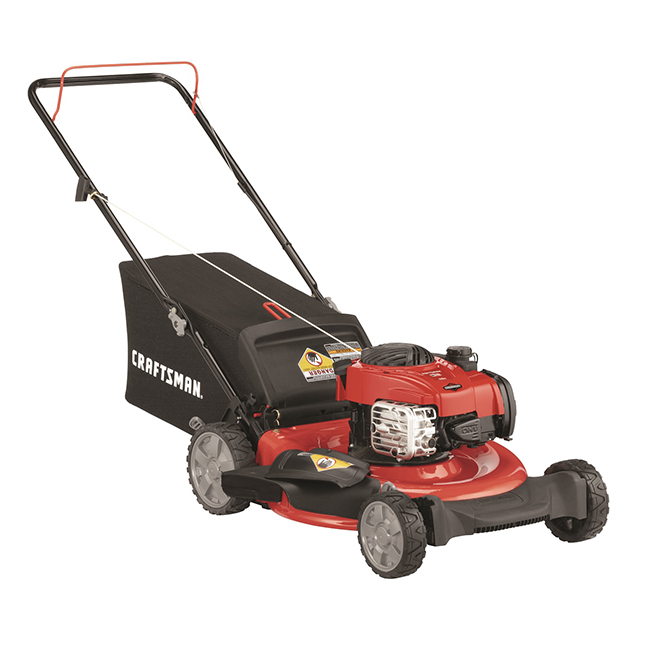



A lush, green lawn is the centerpiece of many gardens in Midland Ontario (& area), providing a tranquil and inviting outdoor space for homeowners. However, maintaining the perfect lawn can be a challenge, especially when faced with common issues such as bare patches, weeds, or yellowing grass. If your lawn is showing signs of distress, don't fret – rejuvenating your lawn is possible with the right strategies. Here are six essential lawn repair tips to help you bring your lawn back to life and maintain its health throughout the year.
Before diving into repair tips, it's crucial to understand the basics of lawn care. A healthy lawn requires a balance of water, sunlight, nutrients, and proper maintenance. Knowing the type of grass you have is also important as different grass types have varying needs for sunlight, water, and temperature tolerance. Regular mowing, watering, and fertilization are fundamental practices that keep your lawn in top shape.
Your lawn's health is directly tied to the condition of the soil. Soil that is compacted or lacking in nutrients can hinder grass growth and lead to a lack of vigor in your lawn. Testing your soil can provide insights into its pH levels and nutrient content, allowing you to make informed decisions on how to improve its condition.
Proper mowing techniques are essential for lawn health. Cutting grass too short can stress the grass and make it more susceptible to diseases and pests. On the other hand, leaving it too long can encourage the growth of weeds and thatch. The general rule of thumb is to cut no more than one-third of the grass blade length at a time and to keep your mower blades sharp for a clean cut.
To effectively repair your lawn, you need to identify the issues it's facing. Common lawn problems include:
Once you've pinpointed the problems, you can take specific actions to address them.
Here are six essential tips to revitalize your lawn and ensure its long-term health:
Compacted soil prevents water, air, and nutrients from reaching the grass roots. Aerating your lawn involves creating small holes in the soil to alleviate compaction. This can be done using a garden fork or a specialized aerating tool. Aeration is best performed during the growing season when the grass can recover quickly.
Bare patches not only detract from your lawn's appearance but can also be an invitation for weeds. Overseeding these areas with a suitable grass seed can help fill in the gaps. Before overseeding, prepare the soil by loosening the surface and removing any debris. After spreading the seed, ensure it has good contact with the soil and keep the area moist until the new grass establishes.
Nutrients are vital for grass growth and health. Applying the right type of fertilizer can provide your lawn with the necessary nutrients it may be lacking. Conduct a soil test to determine what your lawn needs. Fertilizers are typically applied in the spring and fall, but be sure to follow the manufacturer's instructions for the best results.
Weeds can be persistent and unsightly, but with the right approach, they can be managed. Hand-pulling weeds is a safe and effective method for small lawns or when there are only a few weeds. For larger infestations, consider using a selective herbicide that targets weeds without harming the grass. Always use herbicides responsibly and according to the label instructions.
Watering is a crucial aspect of lawn care, but it's often done incorrectly. Lawns typically need about an inch of water per week, either from rainfall or irrigation. It's better to water deeply and infrequently rather than shallow and often to encourage deep root growth. Early morning is the best time to water, as it minimizes evaporation and the risk of fungal diseases.
Thatch is a layer of dead grass and roots that accumulates on the soil's surface. A thin layer of thatch can be beneficial, but too much can prevent water and nutrients from reaching the soil. Dethatching involves removing this layer, which can be done with a dethatching rake or a powered dethatcher. Dethatching is typically performed in early spring or fall.
After repairing your lawn, ongoing maintenance is key to preventing future problems. Stick to a regular mowing schedule, and adjust your watering and fertilization practices as needed. Monitoring your lawn for signs of pests or disease can help you catch issues early and take action before they become major problems.
A healthy lawn is the result of consistent care and attention to detail. By following these essential lawn repair tips and maintaining good lawn care practices, you can enjoy a vibrant, resilient lawn that enhances the beauty of your outdoor space. Whether you're dealing with minor issues or undertaking a full lawn renovation, the effort you put into your lawn will pay off with lush, green results that are well worth the investment.
Remember, lawn care is a season-long commitment. Regularly inspecting your lawn, adjusting care techniques as necessary, and staying proactive with maintenance can ensure your lawn stays healthy and beautiful for years to come. Need help with your lwan repair, or mowing, etc, please consider RNS Home and Cottage Solutions Inc.